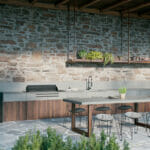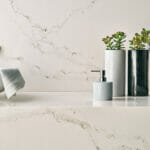Written in Stone
Discover fresh styles, useful tips, and great design stories












Discover fresh styles, useful tips, and great design stories












Get great content you'll find useful and inspiring
{{ subtitle }}
{{ subtitle }}
{{ subtitle }}
{{ i.desc }}
{{ subtitle }}
{{ subtitle }}
{{ subtitle }}
Please select from the option below and we will send you the samples that fit your needs
%s is available in the following finishes